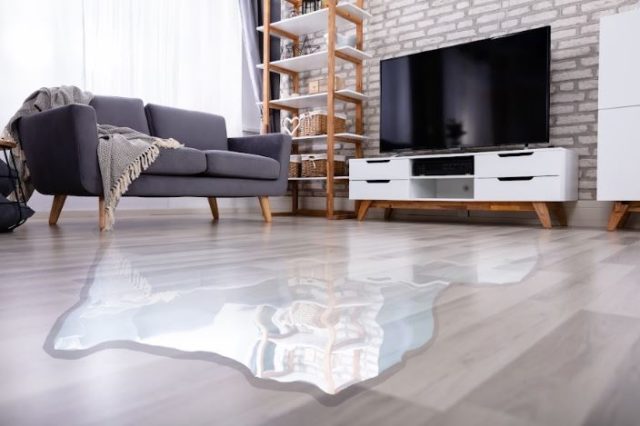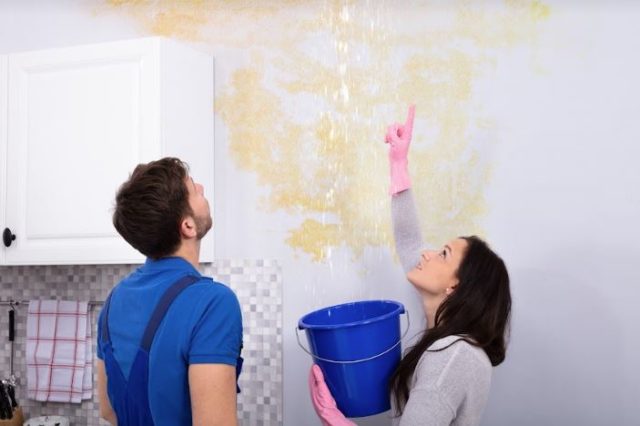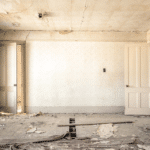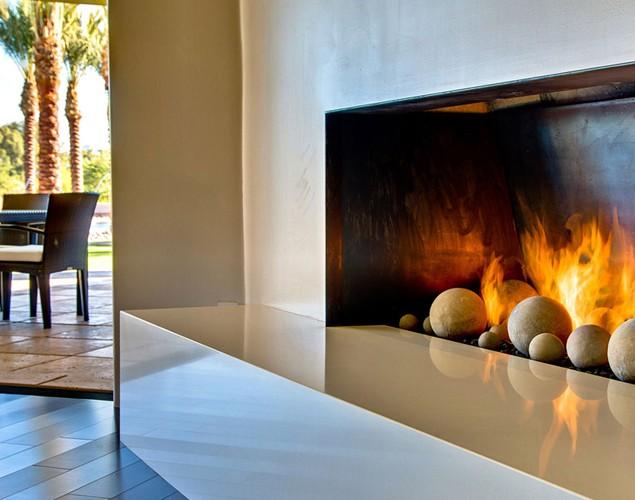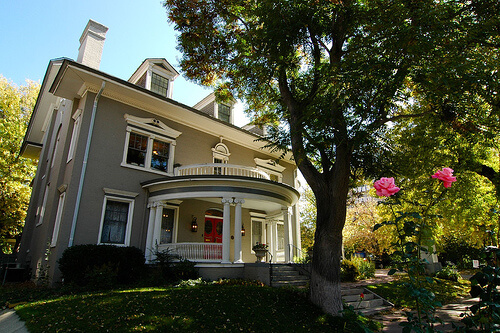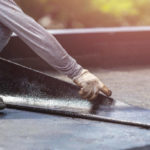Your home is supposed to be a haven for you and other household members, where you can bond and spend time, and a place where you can relax and rest after a long day. And with that, homeowners strive to make their residence as comfortable and pleasant as possible.
However, this may not be the case always as some occurrences might disrupt this peace, one of them being water damage. Although water meets various everyday living needs, it could also bring havoc to your space. And when such incidents are not dealt with timely, damage to your property and other belongings and costly repairs can be expected.
Water Damage At Home
Water damage is the loss caused by water presence in your home. For such damage to occur, the water must be in large quantities and in areas you don’t want it to be, such as your floors or walls. Often, water damage could arise from floods, damaged water pipes, and rainwater entry into your home. As a result, your floors, wall finishes, ceilings, and other household items could get soaked and damaged.
To attend to the issue and restore your home to its former condition, you’ll need to undergo water damage restoration. The goal is to rehabilitate your home by cleaning and taking out excess water from your home’s interior. It also includes repairing or replacing damaged elements in your home, such as flooring material, wall paint, and furniture.
While it may seem simple, homeowners can still be prone to making errors that can affect the outcome of the restoration process. To help you avoid this, here’s a list of the common mistakes during water damage restoration to be wary of:
1, Not Acting Quickly
Not acting as fast as possible is one of the mistakes homeowners tend to make. This can be critical, especially since water damage isn’t forgiving. The more water stays in the space, the more damage your home will sustain. With the delay, you’ll deal with more destruction to your property, which can lead to high costs.
And so, in the event of water damage to your home, it’s essential to locate the water source promptly. To start, check your plumbing pipes. It’d be helpful to turn off the main water valve to prevent more water from getting to your home. And as a precautionary measure, switching off your main electricity source is also advisable to prevent electrocution. On the other hand, in the event of natural causes like a storm and flooding, let the bad weather subside before taking any measures to restore your home.
After cutting the source of water damage, removing any water from your home should come next. By acting swiftly, you can reduce the water level present in your home, preventing more damage to your household items. But if your house is heavily flooded, it may be best to seek the services of a water damage company to help you with this.
2, Working Independently
Taking up the water damage restoration process as a DIY task is commendable. However, it’s not always advisable. For one, if you have limited knowledge and skills on this task, you can be prone to do the job halfway, which can only worsen the situation.
For example, while you use buckets to remove water from your water-damaged floors, you could easily miss water buildup in some areas. You could also overlook the possible water damage to your walls. And in such a case, with time, mold might grow on your walls, needing you to seek professional assistance.
With that, it’d always be to your advantage to work with a professional. They’re better equipped and have the expertise to identify all the water-damaged areas in your home. You can be assured they’ll use the right techniques and tools to eliminate all water damage and moisture in your home. For instance, they’ll use moisture meters to check the humidity levels in the said space. That can help them ensure the room is dry enough to the recommended levels to prevent potential issues like mold.
3, Working With A Novice
As previously mentioned, working with an expert in water restoration is essential. Some homeowners will proceed to seek these services, but the mistake they’ll make is hiring an unqualified company intending to reduce costs. However, this is not recommended, especially if you’re looking for a long-term solution to your property’s water damage problem.
To ensure you’ll be working with a qualified service provider, consider inquiring about their qualifications. The entire team should have basic training in the field, and the company should have a practicing license. The training will assure you they have the right skills for the job, while the license assures you they’re known to exist and have been permitted by their local government to offer their services.
It’d also help to inquire about the experience the provider has in dealing with water damage restoration. If possible, ask for their portfolio, showing before and after pictures. Furthermore, it’s also advisable to work with a company that’s offered its services for five years or more. This more or less assures you they’ve mastered the water damage restoration skills and will meet your needs accordingly, including mold removal.
Conclusion
The article above has established the importance of water damage restoration in your space. It has also discussed mistakes you should avoid to have an effective process that’ll prevent further damage to your investment, your home. With these insights in mind, you can be in a better position to restore your home after a destructive water incident.
